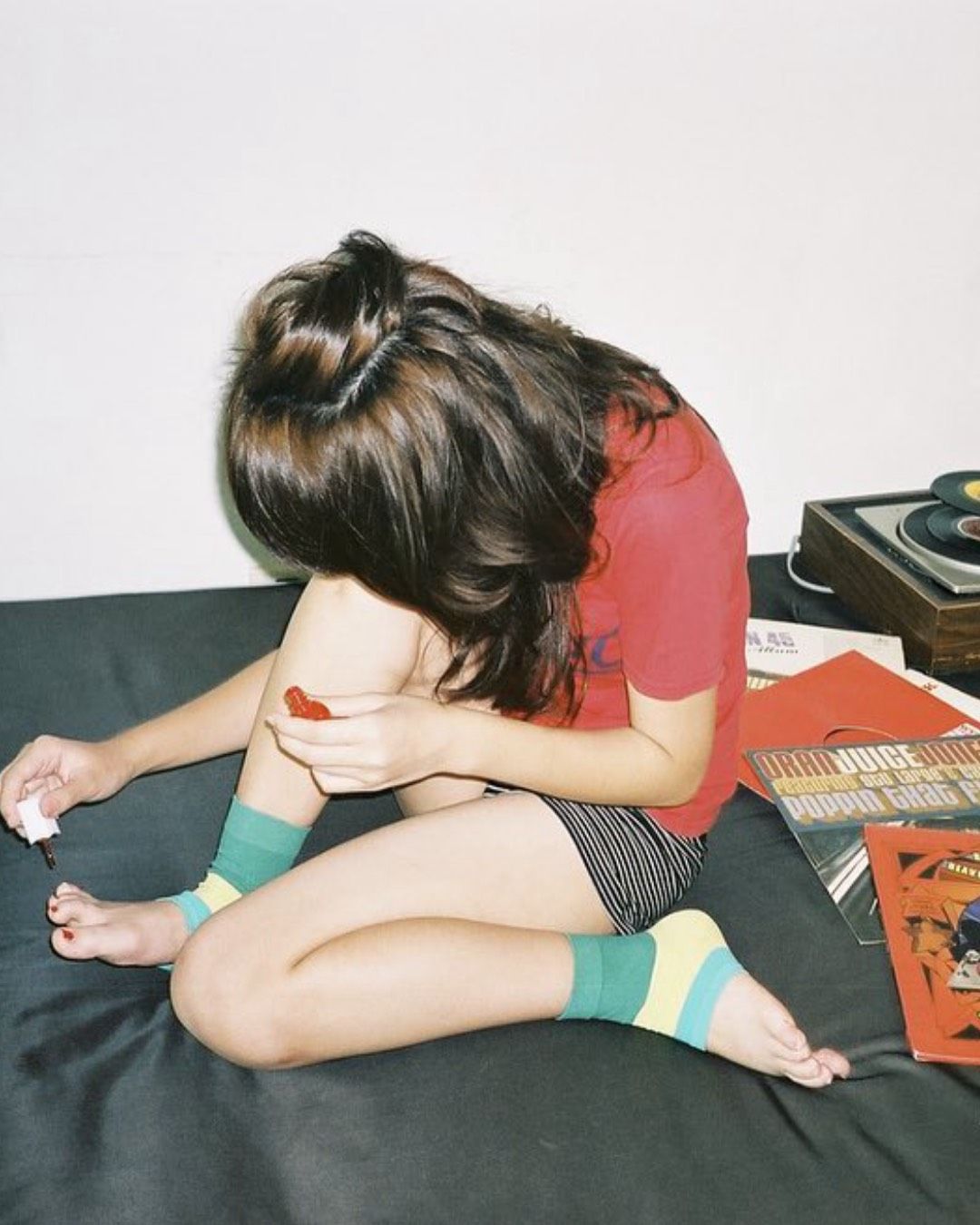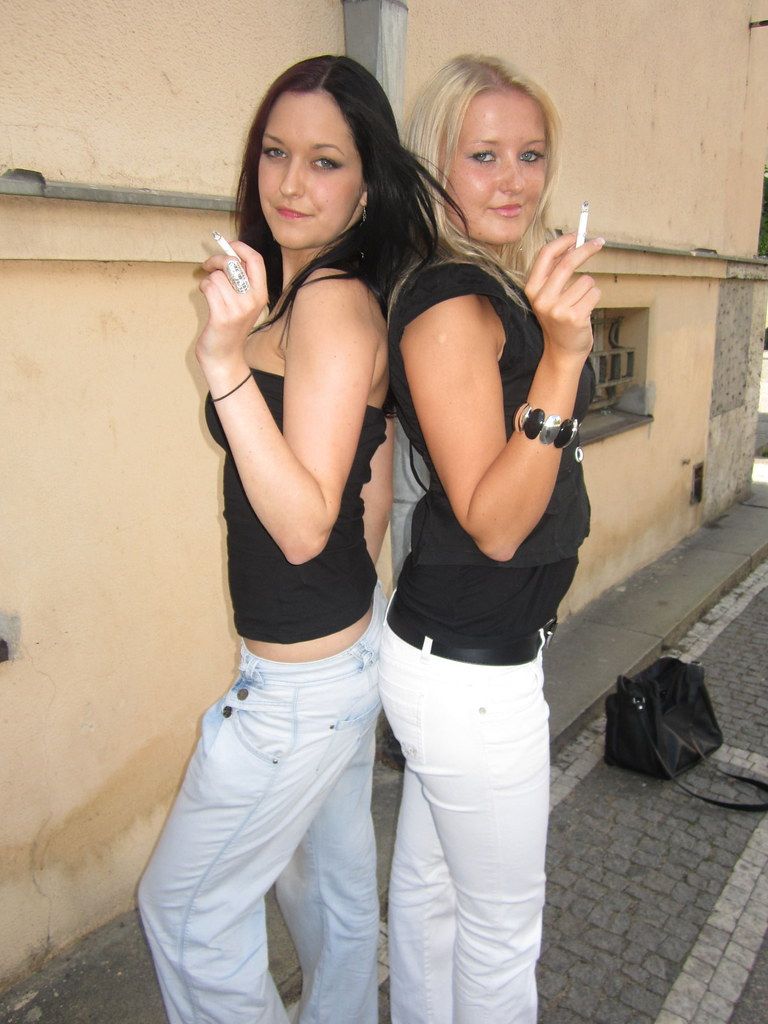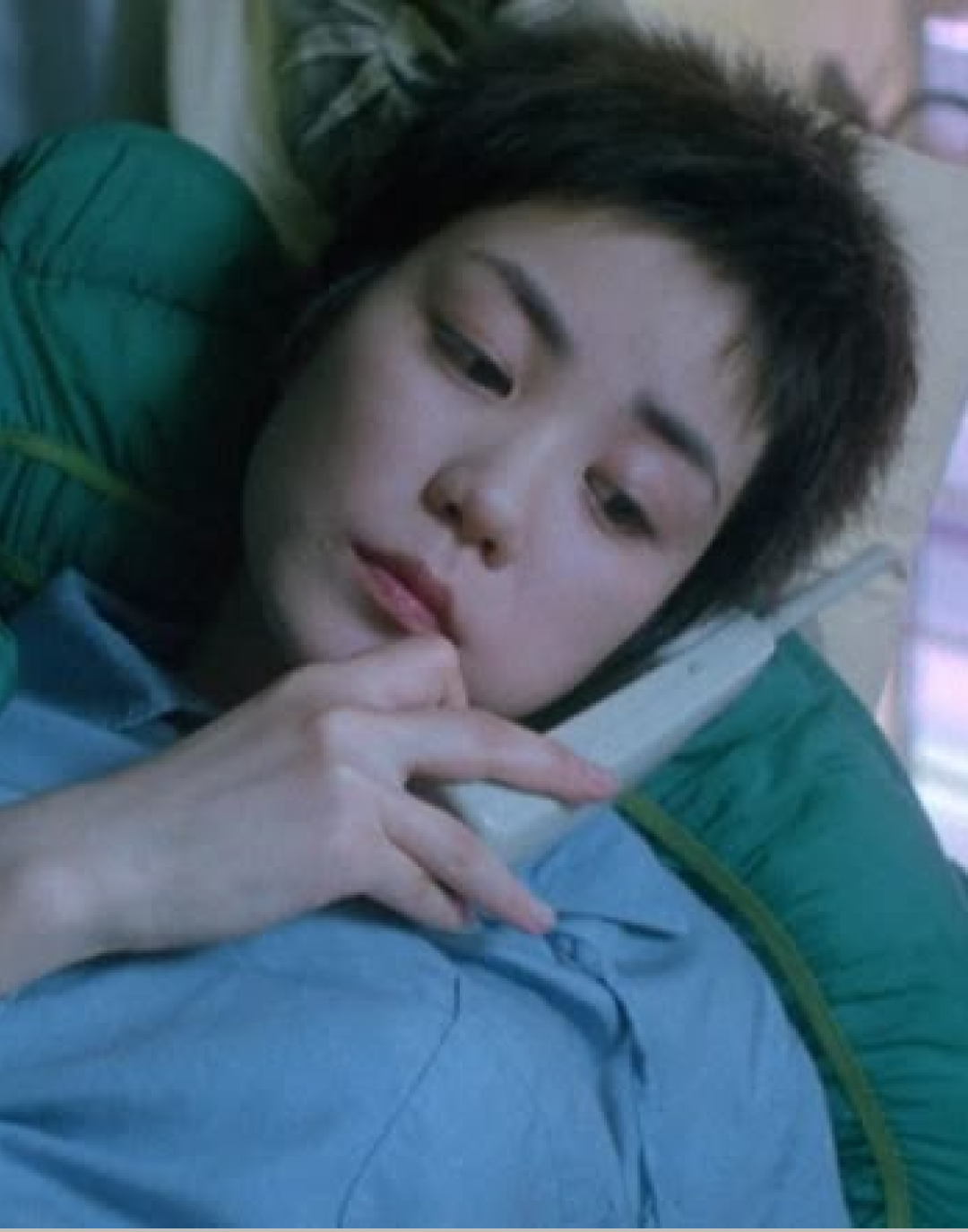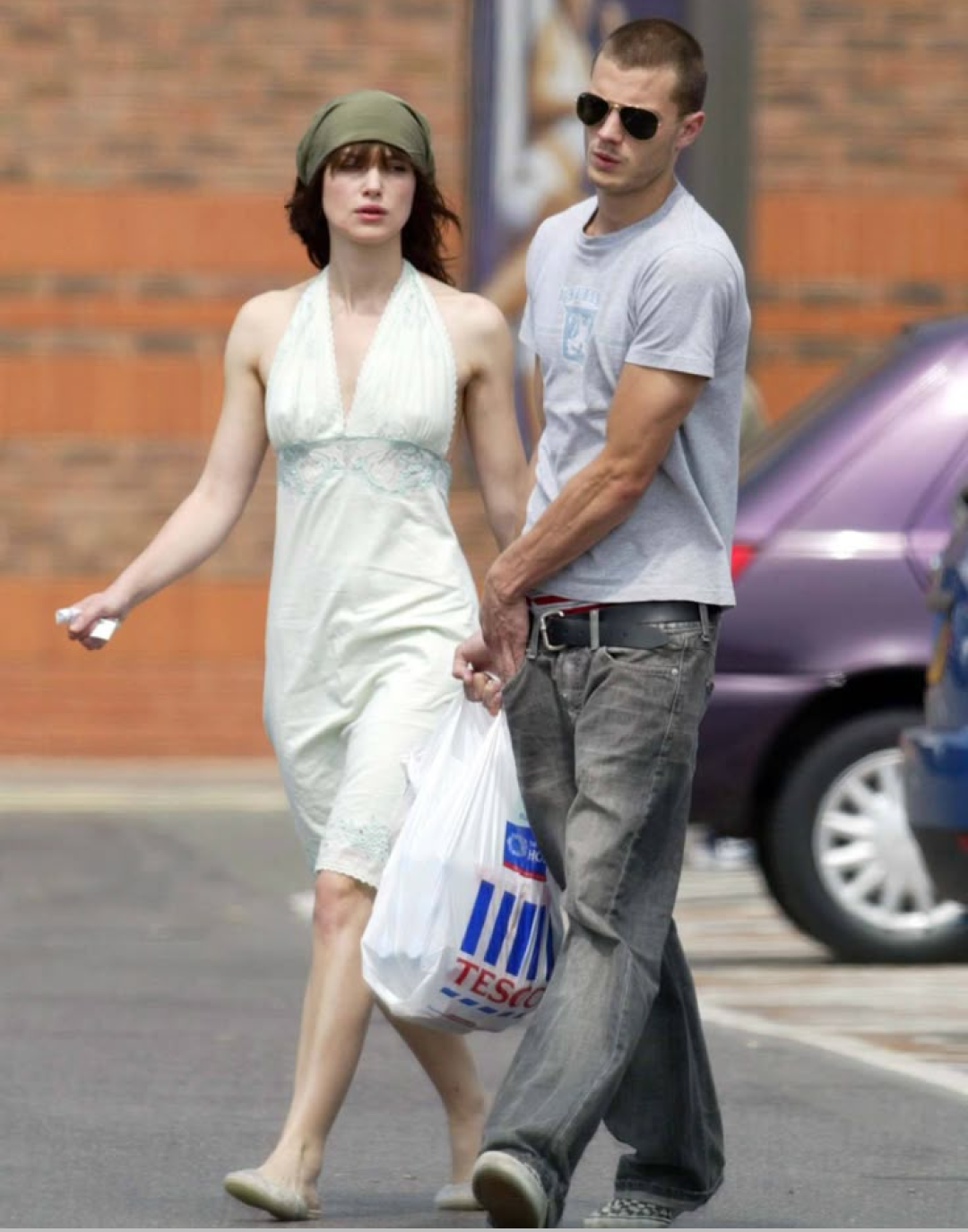
Rise and fall of flickr, the proto-Instagram of millennials The first mainstream social network for sharing photos
There was a time, a limbo between the peak of Myspace and the beginning of Facebook when people didn't quite know what to do with the photos they took with their digital cameras. Whether the subject was a familiar scene or an amateur fashion shoot, in the era of Internet 2.0, it was already clear that printing out images and storing them in plastic albums wasn't the ideal use for preserving memories. During that period, in that gray area when Mark Zuckerberg was still wandering through the dorms of Harvard, Flickr was born. It was in 2002 when two Canadian web design consultants, Stewart Butterfield and Caterina Fake, started working on an online game. It was originally intended to be called Game Neverending, but after just six months of work, they had a change of heart and decided to transform the project into a social network for sharing photos, the first with a mainstream perspective. Flickr, which means "to tremble" or "to sparkle" in English, was born in February 2004. YouTube would appear the following year, Twitter two years later, and Instagram a whopping six years later. For the first time, anyone could share their photos for free on a platform that was open to everyone, both professionals and amateurs alike.
Thanks to Flickr, the first digital communities of independent photographers and visual artists came to life. Soon, the website evolved, offering a multitude of organizational tools to link images and help users make the most of their galleries. Tags were the basis for all searches, and visitors could search not only by theme but also by the type of image distribution license. In addition to tags, users could organize their images into sets, which could be geotagged and mapped to create interactive maps for websites or blogs. In 2008, video sharing was introduced. The various communities, divided by geolocation or tags, attempted to challenge social and cultural norms on a platform that was still too young to yield to censorship. From the very beginning, the platform hosted a wide range of content, from birdwatching to raves, but the dominant aesthetic was DIY, featuring blurry portraits and amateur shots of girls with pastel-colored hair and ripped stockings at house parties and concerts. This was the underground aesthetic that embraced the last wave of Generation X and the entire Millennial generation, a style that would define Tumblr to the beat of Crystal Castles and The Strokes, and which we would later refer to as Indie Sleaze.
In just one year, the site's traffic grew by 448%, convincing both Yahoo! and Google to knock on Flickr's door for acquisition talks. Yahoo emerged victorious, and in March 2005, they packed up the 11-person team and moved them from Vancouver to Sunnyvale in Silicon Valley. This acquisition brought visibility to the platform, which, in the first year under new ownership, went from 250,000 registered users to over 2 million. In 2009, the image hosting site collaborated with the well-established Getty Images. Two years later, in 2011, the UK police were using Flickr to identify suspects during the UK riots. The Metropolitan Police created a page on the platform to raise awareness about the London riots and engage the community in the subsequent investigation. The page was called Operation Withern and consisted of a gallery of images from surveillance cameras of looters and suspected rioters. Members of the public were asked to contact the police and report individuals they might recognize in the gallery.
So how did an app that was so popular, popular enough to earn a special place in the collective imagination of an entire generation, popular enough to be adopted by the British state police for their investigations, fall into obscurity? The blame falls on several factors: too much competition, Instagram's overwhelming power, the transition (unsuccessful) from the desktop version to the app, the inability to create a more engaging narrative beyond simple posting. When Marissa Mayer took over Yahoo! in 2012, an online campaign was even launched: users pleaded with her to make Flickr exceptional again. There was indeed an attempt in 2015, when the company tried to regain lost ground and the trust of 100 million dormant users through an aesthetic rebranding and functional streamlining. But both Yahoo! and Flickr were on their last legs, with Flickr being sold to SmugMug, a similar service that had been around since 2002, in 2018. Let's face it, there's no hope left for Flickr, but the fact remains that the platform allowed Millennials to express themselves through photography, enabling them, for the first time, to tell personal stories on a universal scale. Flickr and Tumblr were two sides of the same coin, a melting pot of influences and subcultures without gatekeepers, where nudity was celebrated rather than censored, and the approach to fashion, art, and music was amateur but authentic. An authenticity that has been lost forever on social media and that Gen Z consumes in a surrogate way through Pinterest and TikTok. But one thing is certain: Gen Z would have loved Flickr.



















































